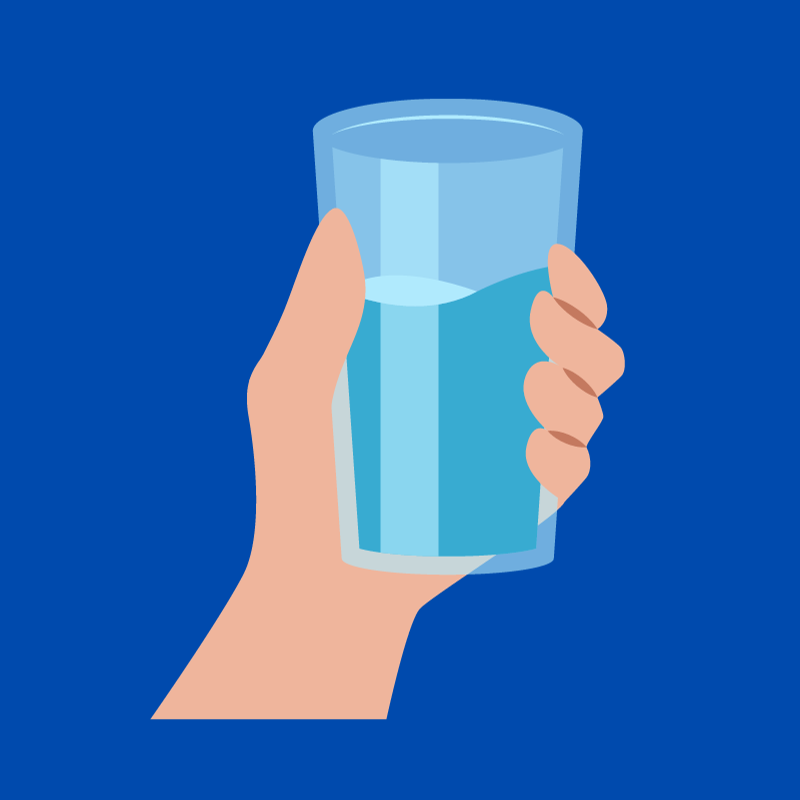In recent years, as public awareness has grown over the different types of contaminants and the amount of those contaminants entering drinking water sources, the demand for bottled water has skyrocketed. In the US the market has reached more than 12 billion dollars and worldwide the bottled water market has sales of more than 100 billion. Bottled water is a serious business. But, how do we know if any of this water is safe?
In this article, we will look at the differences between bottled water and tap water. We will compare how these water sources are regulated and the health and environmental concerns related to both.
Regulations
Tap Water And The EPA
Tap water is water that is supplied from public municipal water sources or from private wells. Well water is not currently regulated so in this article when we refer to tap water we are only referring to water that has been publicly supplied.
Tap water is regulated by the Environmental Protection Agency (EPA). As part of this regulation, the EPA requires local utilities to supply yearly reports to its consumers detailing levels of contaminants found in the water and the potential associated health risks.
The EPA also sets regulatory limits on certain waterborne contaminants. There are now chemicals entering our water supply through groundwater or surface water sources that are not covered by existing government regulations.
Bottled Water And The FDA
Bottled water is water purchased in sealed packaging that originates from springs, aquifers, or, believe it or not, taps. If you look carefully at the label on bottled water and see the water came from a “municipal source” or a “community water system” then you will know it is tap water. So how did this industry grow to such outrageous proportions when tap water is being sold?
Clever advertising has convinced the general public that bottled water is cleaner, fresher, and safer since it undergoes specialized filtration processes but there is no concrete evidence that any of this is true.
Bottled water is also regulated but instead of falling under the umbrella of the EPA, bottled water is regulated by the Food and Drug Administration (FDA). The FDA is responsible for protecting public health by regulating everything from drugs to food products, including bottled water. Like the EPA, the FDA applies stringent monitoring of water and ensures the production, bottling, and transporting of bottled water is completed under safe and sanitary conditions.
Health Differences
Tap Water
Tap water is regularly treated with chlorine. This application is used for disinfecting the water by killing harmful bacteria and viruses. Chlorination is also added as a stabilizer to protect water from stagnation if it is stored for future use. Disinfected water is healthier water and saves us from the ill effects of some waterborne diseases.
Additionally, fluoride is added to tap water to promote dental health. The addition of fluoride strengthens tooth enamel making it more resistant to tooth decay.
Although chlorine and fluoride are positive influencers to our health, there are negative consequences to tap water ingestion. Here we will list some common culprits:
- Per- and Polyfluroalkyl chemicals known as “forever chemicals” are present in tap water from landfills and industries dumping these chemicals into waterways contaminating water in all 50 states.
- Pesticides are responsible for poisoning water supplies and many groups are working hard to ban these substances since the runoff from treated fields is damaging to human health.
- Vinyl Chloride is used to make plastic PVC products. Vinyl chloride is a cancer-causing contaminant that infects tap water as it passes through plumbing pipes.
Bottled Water
It is now commonly recognized that the plastic used to make water bottles is hazardous to one’s health. Chemicals from the plastic are known to leach into the drinking water and, the longer the water is in contact with the plastic, the higher the concentration of chemicals will be present. One chemical in particular, antimony, is a metallic element that causes huge health concerns. Antimony is believed to cause dizziness, nausea, and depression in some people.
Bottlers attempt to distract buyers from these health risks by associating bottled water with fresh, clean, babbling brooks and crisp, clean air giving the impression bottled water is healthier and safer. In truth, research by the World Wildlife Fund International says that 25% of all bottled water originated from municipal tap water. This means that the health concerns related to tap water are present in a significant portion of bottled water.
Environmental Factors
Break Free From Plastics
Tap water has a much lower environmental impact compared to plastic bottle production, transportation, and storage requirements but it is not without issues. First, the PFASs that contribute to health concerns also negatively affect the environment. These “forever chemicals” not only are detrimental to humans but they build up inside plants, animals, and aquatic life and never break down whether in soil, water, or air. The harm these chemicals cause has yet to be adequately understood.
Pesticides, fertilizers, and pharmaceutical waste are also detrimental to the environment since runoff or improper disposal eventually finds its way into groundwater and eventually our home’s drinking water.
Even the basic treatment of tap water and its eventual distribution process can leave behind harmful byproducts such as previously mentioned chlorine and fluoride which negatively affect the eco-system.
Bottled Water Is Killing The Environment
The production and disposal of water bottles produce carbon emissions and release toxic chemicals into the environment. Plastic bottles are made from either natural gas or petroleum and their extraction from the Earth releases a combination of harmful air pollution and greenhouse gases. Add to that the excessive waste of water it takes to drill for these fossil fuels and the relatively enormous amount of water needed to make the bottles and you can easily see plastic production is bad for the environment.
In addition, it takes 45 years for a plastic bottle to deteriorate and although recycling helps, the reality is that less than 24% of plastic bottles ever make it to recycling centers. The remaining bottles end up in landfills and oceans where birds, fish, and marine mammals are dying from ingesting plastic pieces.
Looking To Address Drinking Water Concerns?
Without water we cannot survive but ingesting poor-quality water and water tainted with plastic chemicals and toxins is not the best solution. We believe actively fighting against big business manufacturers to follow healthy and responsible disposal practices is a good start. We also recommend ending our dependency on plastic water bottles altogether to improve our health and to be kinder to the environment.
Perhaps the best step is to install a whole-home filtration system that uses the latest technology and data to remove as many toxins from the water as possible. There may never be a time when tap water is 100% pollutant-free but we can strive for the cleanest and healthiest water possible and we are certain everyone will drink to that!

